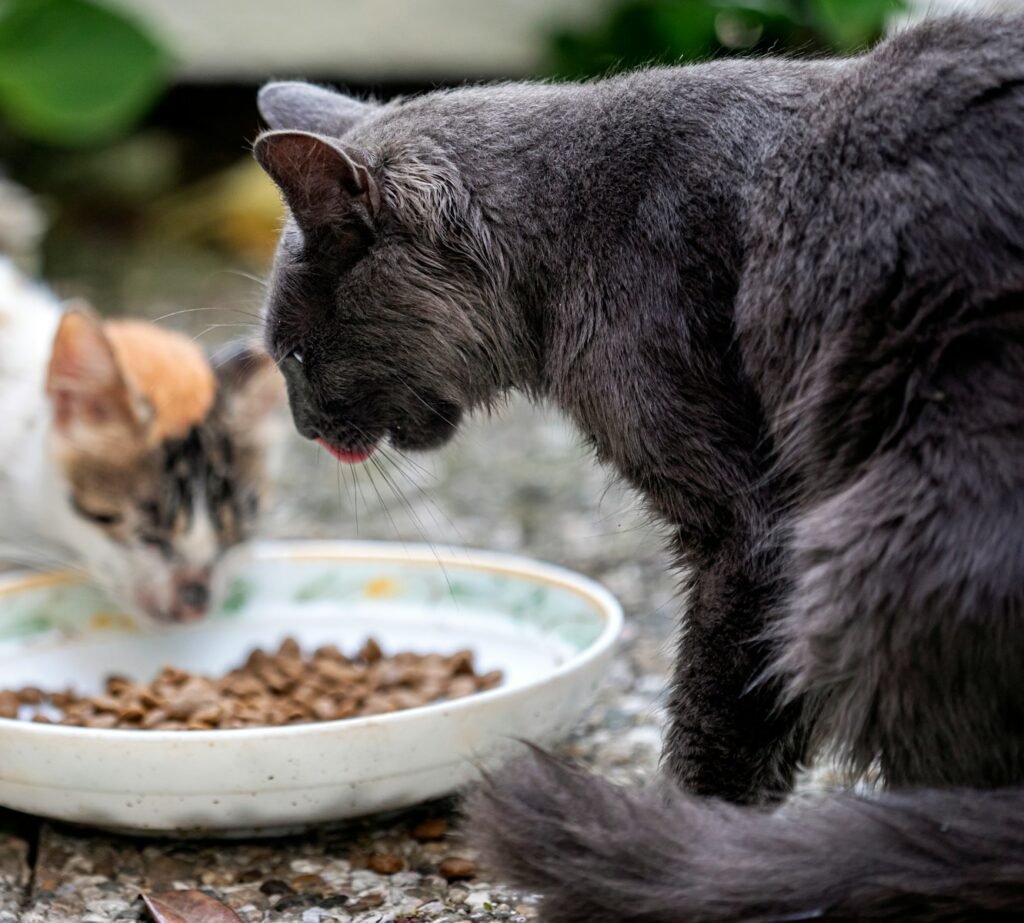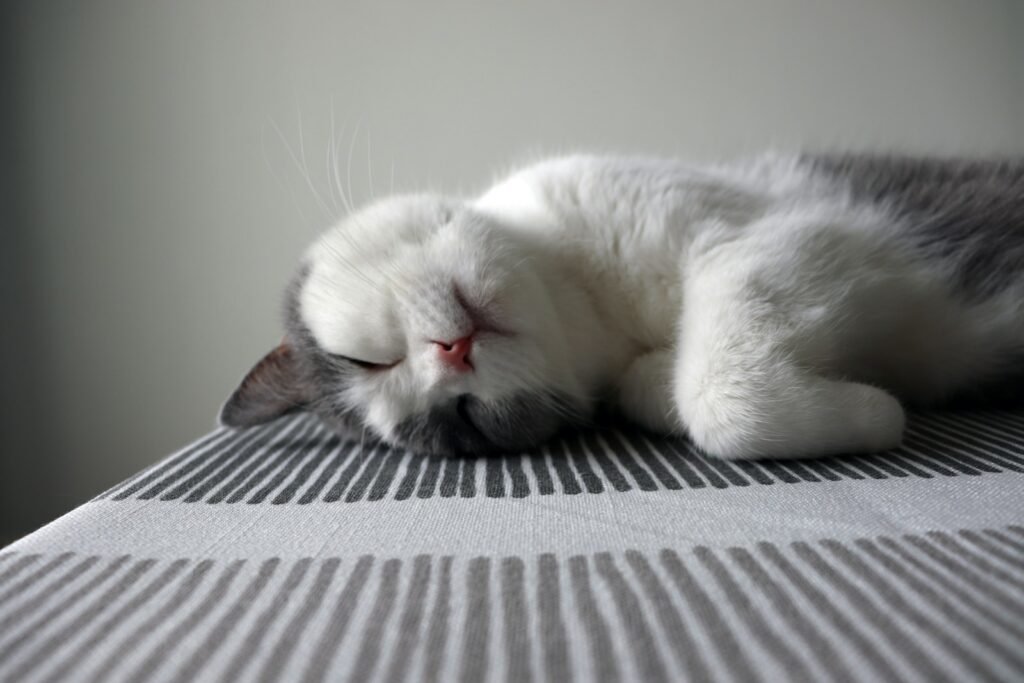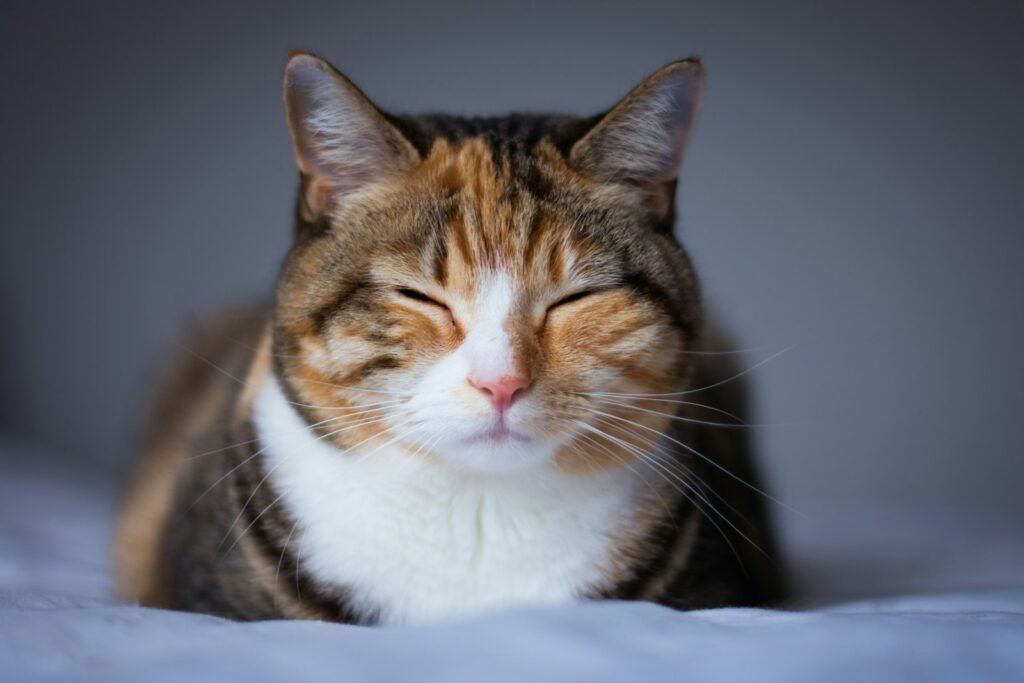Have you ever wondered why your cat seems to sleep the day away, often for up to 16 hours or more? Cats have a unique sleeping pattern that distinguishes them from humans and many other animals. Understanding the science behind this behavior can offer insights into their evolutionary history, biology, and daily activities.
Evolutionary Roots of Cat Napping

Cats are natural predators, a trait inherited from their wild ancestors. In the wild, efficient hunting demands bursts of intense energy followed by periods of rest. A significant portion of a cat’s sleep can be attributed to this evolutionary adaptation, which conserves energy for hunting, even if they no longer need to catch prey for food at home.
Understanding Sleep Cycles in Cats

Like humans, cats experience different stages of sleep, including REM (Rapid Eye Movement) and non-REM sleep. However, cats enter REM sleep much quicker than humans, within minutes of dozing off, and this phase is crucial for mental and physical recuperation. REM sleep is associated with dreaming, indicating that our feline friends might dream like we do.
The Physiology of Feline Sleep

Cats are crepuscular animals, meaning they are most active during dawn and dusk. These activity peaks are followed by longer rest periods. A cat’s sleep is not continuous; instead, it consists of short naps throughout the day and night. This polyphasic sleep pattern maximizes their ability to quickly awaken and respond to stimuli, a survival mechanism inherited from their wild ancestors.
Energy Conservation Strategy

Energy conservation is a critical driving force behind a cat’s prolonged sleep habits. Sleeping allows cats to restore energy expended during periods of activity and play. This is particularly significant for domesticated cats, whose seemingly frivolous play mimics the hunting behaviors of their ancestors and requires bursts of energy.
The Role of Diet and Metabolism

Cats have a high-protein, meat-based diet, which supports the intense bursts of energy they require. However, their metabolic rate is relatively slow when at rest. This diet and metabolic rate combination means cats need more sleep to digest their food and convert it into usable energy efficiently.
Influence of Age and Lifestyle

A cat’s sleep requirements can also depend on its age and lifestyle. Kittens and older cats tend to sleep more than young adults. Additionally, indoor cats may sleep even more due to a lack of stimuli that would otherwise engage them in the wild. However, environmental enrichment can help balance activity and rest periods.
Weather and Seasonal Effects

The amount of sleep a cat requires can vary with changes in weather and seasons. Cold weather can prompt cats to curl up and rest longer to conserve heat, while the changes in daylight hours can subtly influence their circadian rhythms, altering sleep patterns in seasonal cycles.
The Impact of Stress and Health

Stress and health issues can significantly affect a cat’s sleep habits. Cats may sleep more when they are stressed or unwell as a coping mechanism. Alternatively, sleep disturbances can indicate underlying health problems, and significant deviations from normal sleep patterns warrant a visit to the vet.
Decoding Feline Sleep Positions

A cat’s sleep position can offer clues about its comfort and security levels. Curling up can indicate a desire to conserve warmth, while stretching out might suggest relaxation and trust in their environment. Observing these positions can provide insight into your cat’s well-being and mood.
Conclusion: Embracing the Nap

While at first glance a cat’s propensity for sleep might seem excessive, it’s a vital part of their biology. Understanding the reasons behind their lengthy naps offers valuable insight into their daily needs and well-being. Providing a safe, comfortable environment that respects these natural rhythms will contribute significantly to a cat’s health and happiness. Next time you see your cat luxuriating in slumber, appreciate them as finely tuned hunters taking a well-deserved rest.

Growing up traveling and experiencing new cultures and wonders, I have had a passion for nature, adventuring, photography, and videography. I am currently working towards a BSc in Biodiversity and Ecology at Stellenbosch University, and I hope to specialise in Marine Sciences one day.
Please send any feedback to Feedback@animalsaroundtheglobe.com






